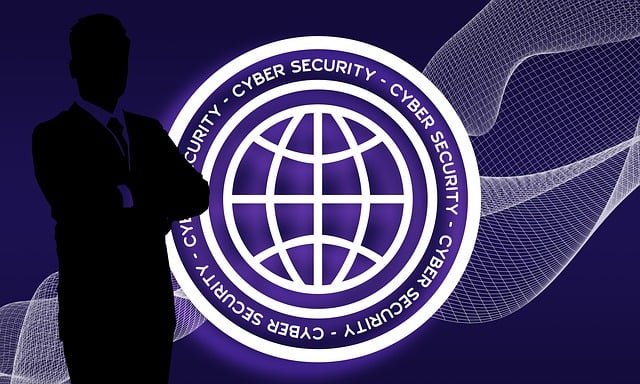
In today’s world, cybersecurity is more important than ever. With constant threats and data breaches affecting businesses and government agencies alike, having a robust cybersecurity framework is critical. But which framework should your agency adopt? Should you go with CMMC (Cybersecurity Maturity Model Certification) or FedRAMP (Federal Risk and Authorization Management Program)?
Both CMMC and FedRAMP are designed to help federal agencies and contractors manage cybersecurity risks, but they cater to different needs and types of organizations. If you’re confused about which one is right for your agency, don’t worry! This article will break down the two frameworks in simple terms, highlight their key differences, and help you decide which one best fits your organization’s cybersecurity goals.
The Cybersecurity Maturity Model Certification (CMMC) was introduced by the U.S. Department of Defense (DoD) to strengthen the cybersecurity posture of defense contractors. The main goal of CMMC is to ensure that all contractors working with the DoD meet a certain standard of cybersecurity to protect sensitive data.
CMMC is a set of cybersecurity practices that range from basic to advanced, depending on the needs and maturity level of the organization. The framework consists of five levels, from Level 1 (basic cybersecurity practices) to Level 5 (advanced practices). Contractors and subcontractors who want to do business with the DoD are required to be certified at a certain CMMC level depending on the sensitivity of the data they handle.
FedRAMP (Federal Risk and Authorization Management Program) is a government-wide program that standardizes the security assessment and authorization process for cloud products and services used by federal agencies. It aims to ensure that cloud service providers (CSPs) meet a consistent set of security requirements before they can be used by government agencies.
The main goal of FedRAMP is to provide a consistent, repeatable approach to security for cloud services, reducing the time and effort federal agencies spend on security assessments. This framework applies to cloud providers who want to provide services to the U.S. federal government and ensures that they meet high cybersecurity standards.
Although both CMMC and FedRAMP aim to strengthen cybersecurity, they differ in their scope, target audience, and specific goals. When comparing fedramp vs cmmc, it’s important to understand how these frameworks cater to different needs and industries, shaping how organizations approach compliance.
When deciding whether CMMC or FedRAMP is right for your agency, you need to first understand the specific needs and nature of your organization. The decision between fedramp vs cmmc will depend on several factors, including your role, the type of data you handle, and the level of security required by your clients.
Choosing the right cybersecurity framework is essential for ensuring that your organization meets the necessary security standards and avoids compliance issues. Whether you opt for CMMC or FedRAMP, both frameworks will require time, effort, and resources to implement and maintain. The right choice will depend on your business type, your client base, and the data you need to protect.
For example, if you’re a defense contractor handling sensitive military information, CMMC will be your go-to framework. On the other hand, if you’re a cloud provider aiming to work with federal agencies, FedRAMP will be the best fit.
As you weigh the fedramp vs cmmc debate, it’s crucial to remember that the decision isn’t about choosing one over the other. Instead, it’s about selecting the framework that best fits your organization’s specific needs, the types of data you’re responsible for, and your strategic goals.
In conclusion, both CMMC and FedRAMP are important cybersecurity frameworks designed to help organizations protect sensitive information and meet government requirements. By understanding the key differences between CMMC and FedRAMP, and aligning your agency’s needs with the appropriate framework, you can ensure that you’re taking the right steps toward cybersecurity compliance.
Whether you’re a defense contractor seeking CMMC certification or a cloud service provider looking to meet FedRAMP standards, the decision ultimately comes down to the specific nature of your work. Make sure to carefully assess the needs of your organization and select the cybersecurity framework that will help you achieve your goals while ensuring the highest level of data protection.
In the ongoing fedramp vs cmmc debate, remember that both frameworks serve a unique purpose, and choosing the right one for your agency will set you on the path to achieving strong cybersecurity and ensuring compliance with federal regulations.
Subscribe to our newsletter and get top Tech, Gaming & Streaming latest news, updates and amazing offers delivered directly in your inbox.